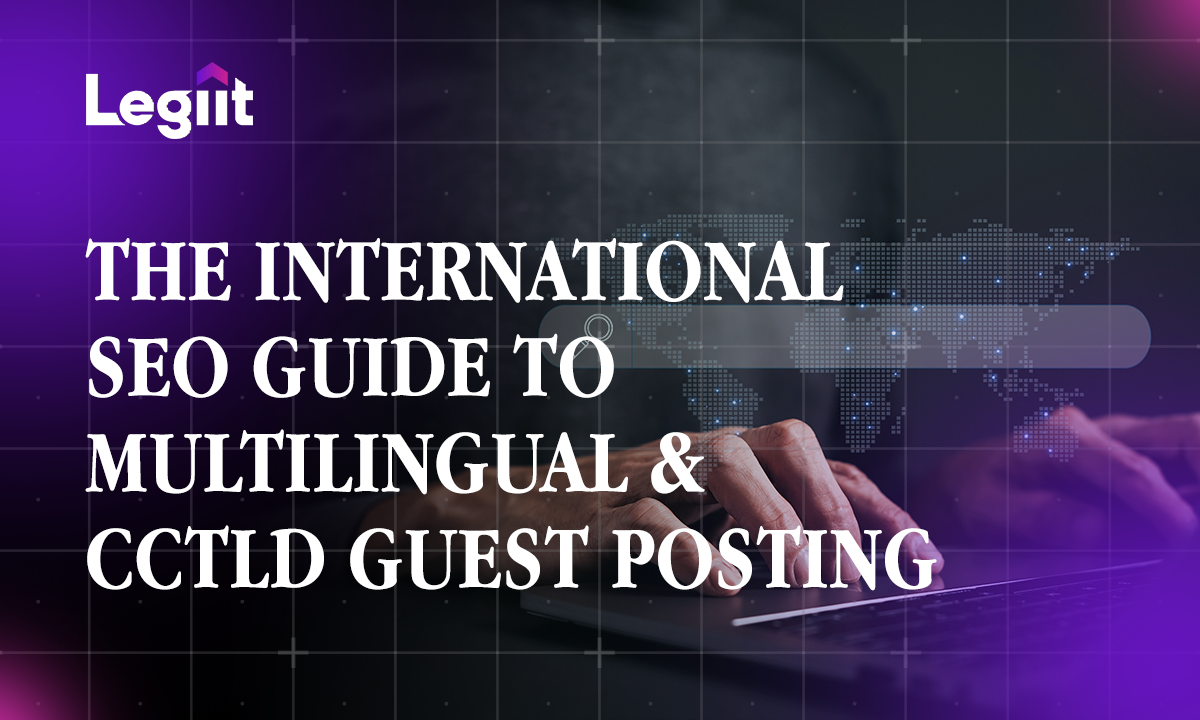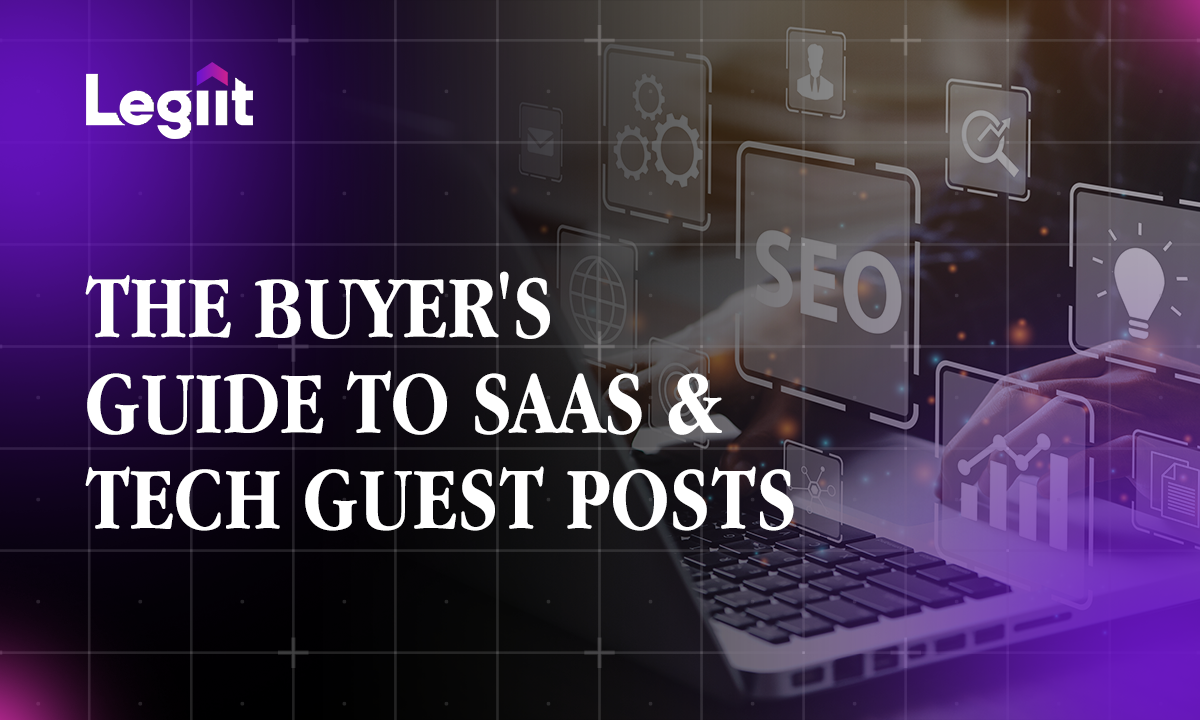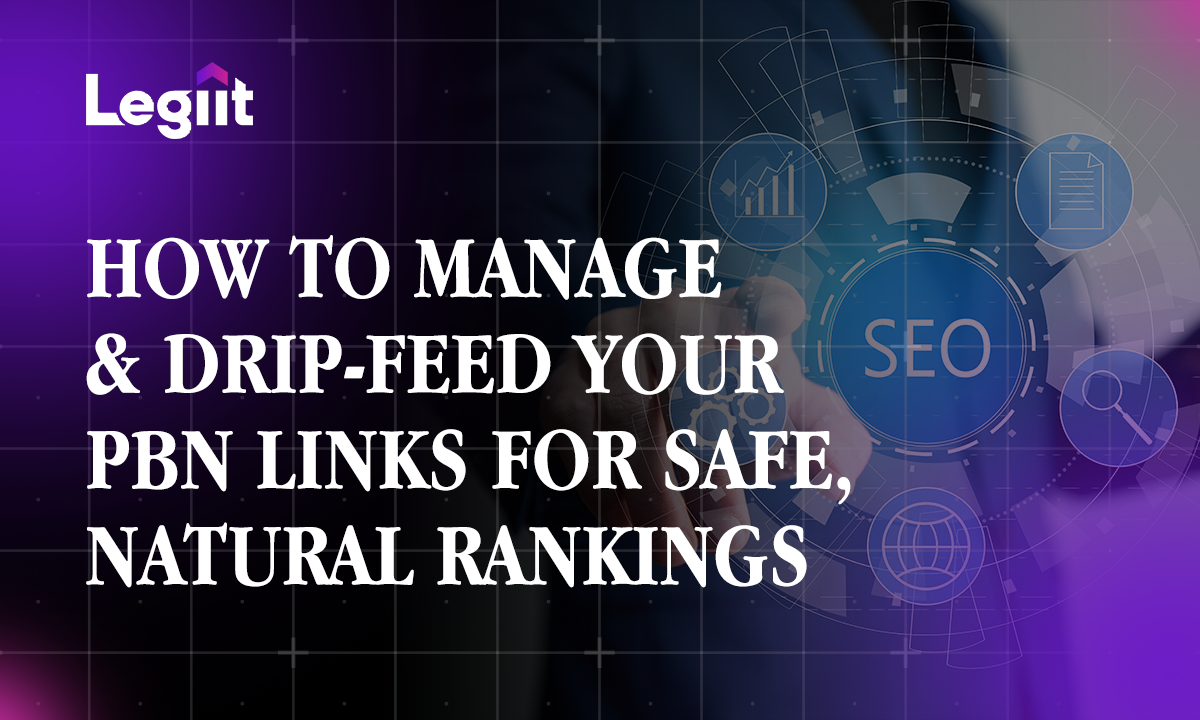Defining Your Ideal Customer Profile (ICP) on LinkedIn Finding your target audience on LinkedIn is key to effective marketing. Start by defining your Ideal Customer Profile (ICP). This means understanding who your best customers are. Focus on their characteristics, like audience demographics, market segmentation, and buyer personas.
Identifying Key Demographics: Age, Gender, Location
Knowing the age demographics on LinkedIn can boost your targeting efforts. Users aged 25-34 make up the largest group. Those aged 35-54 are close behind. Focusing content and campaigns on these age ranges can improve engagement. Gender matters too. There's a fairly balanced gender mix on LinkedIn. However, some industries may have different ratios. Keep this in mind when defining your ICP. Location-based targeting helps you focus geographically. For example, if your business targets specific regions, use LinkedIn's regional targeting features. By analyzing user location data along with income levels, you can refine your marketing strategy further.
Professional Details: Industry, Job Title, Company Size
Targeting by industry lets you connect with professionals in fields relevant to your goals. With over 700 million members across diverse industries—from technology to healthcare—LinkedIn offers great access for B2B marketers focusing on niche markets. Job title targeting helps connect directly with decision-makers in organizations. Knowing common job titles that match your ideal customer will streamline outreach and increase connection rates. Company size is another key factor affecting purchasing decisions. Different company sizes behave differently; small businesses often look for cost-effective solutions while larger companies may seek more comprehensive offerings aligned with their goals.
Behavioral Insights: Interests, Groups, Engagement
Audience behavior analysis provides insights into how potential customers interact within their networks. Monitoring engagement metrics like likes or comments can help identify what content resonates most with various segments of your target audience. Joining relevant LinkedIn groups increases visibility among professionals who share similar interests or challenges related to certain industries or topics. These groups are excellent platforms for building authority and engaging directly through discussions or Q&A sessions. By combining behavioral insights from individual interactions and group dynamics with traditional demographic data, you create a clearer view of who makes up your ideal customer profile.
Leveraging LinkedIn Demographics for Targeted Marketing
Using demographic information from user profiles is essential for effective LinkedIn marketing strategies aimed at digital audiences seeking focused messaging based on refined criteria outlined earlier.
Analyzing LinkedIn's Built-in Analytics
LinkedIn has strong user analytics tools that help measure performance against defined KPIs (Key Performance Indicators). Using these built-in analytics aids real-time adjustments while supporting long-term strategic planning through actionable insights about audience profiling capabilities available within its platform.
Utilizing Third-Party LinkedIn Analytics Tools
While native options provide basic support after launching campaigns aimed at identifying target audiences efficiently, exploring third-party analytics tools broadens your perspective even further. These tools offer deeper dives into competitive landscapes and detailed reporting features that enhance the effectiveness of outreach initiatives carried out through social media channels like this one focused entirely on professionals worldwide!
Mastering LinkedIn Search: Advanced Search Strategies and Filters
Using advanced search strategies on LinkedIn helps you find your target audience effectively. The platform has various filters for LinkedIn search that allow for audience profiling through demographic targeting, job title targeting, and skills-based targeting.
To start, demographic targeting lets you filter users by location, industry, and company size. This feature is great for narrowing down potential connections within specific regions or sectors. For example, if you're seeking to connect with businesses in the tech sector in Silicon Valley, using these filters will give you a focused list of prospects.
Next, job title targeting helps marketers reach decision-makers directly. You can filter profiles based on their roles in organizations. If your product is meant for marketing managers or HR directors, this targeted approach ensures that you connect with people who have the authority and interest in your offerings.
Lastly, skills-based targeting focuses on user competencies listed on profiles. This method allows for precise outreach; by searching for professionals skilled in areas like digital marketing or project management, you can pinpoint leads whose expertise aligns well with your services.
By mastering these advanced search techniques through careful audience profiling and strategic use of filters for LinkedIn search, you'll improve the quality of connections and increase the effectiveness of your outreach efforts.
Analyzing LinkedIn Data to Refine Your Target Audience
Identifying High-Value Connections and Leads
Effective lead generation relies on audience analysis using data from LinkedIn insights. Identifying high-value connections among potential clients requires a systematic approach to analyze engagement metrics related to different segments of your network.
Start by looking at user interactions—likes, comments, shares on content you've posted. This insight reveals which types of posts resonate best with particular demographics. Tools like Sales Navigator provide comprehensive reports about who engages most often with your content.
Refining your connection strategy also involves checking profile views—who's looking at yours? These visitors may represent interested parties worth contacting since they’ve shown an inclination toward further engagement.
Consider segmenting audiences based on their professional backgrounds (like industries served). This ensures that your messaging resonates across diverse groups while maintaining relevance throughout B2B marketing campaigns.
Analyzing Engagement Metrics for Improvement
Engagement metrics are essential indicators when evaluating audience behavior analysis on LinkedIn. Understanding how users interact not only informs future content creation but also enhances content marketing strategies aimed at boosting visibility among desired targets.
Key user engagement metrics include:
- Post impressions (how many times a post was seen)
- Click-through rates (CTR), indicating interest levels from calls-to-action
- Follower growth trends over time showing brand awareness growth among target demographics
Regularly monitoring these statistics enables brands to adjust messaging styles accordingly—whether shifting towards more informal dialogue or formal communication depending on preferences observed through interaction patterns.
Leveraging insights from ongoing assessments opens doors to optimized performance outcomes. This leads to increased conversions and improved relationships formed naturally between entities involved. Building long-term partnerships relies on mutual understanding achieved through continuous improvement cycles driven by consistent feedback monitoring over time.
Refining Your Approach to Connect with Professionals on LinkedIn
Connecting with your target audience on LinkedIn requires a thoughtful approach. Start by getting familiar with LinkedIn marketing basics. This platform is all about professional networking, so understanding your audience demographics is key.
When sending connection requests, personalize each message. Generic requests often get ignored. Instead, mention shared interests or mutual connections. This shows genuine interest and boosts the chances of acceptance.
Effective LinkedIn communication involves more than introductions. Engage your connections with valuable content that resonates with their interests. Share insights relevant to their fields and spark discussions on trending topics. By doing this, you establish yourself as an authority in your area and foster relationships that may lead to future collaborations.
Optimizing Your LinkedIn Profile for Audience Attraction
Your LinkedIn profile acts like a digital business card, making it essential to attract attention from potential connections and clients. To optimize for audience attraction, focus on personal branding that aligns with your ideal customer profile, especially in B2B marketing contexts.
Key Elements of a Compelling Profile
- Profile Picture and Banner: The visual elements of your profile matter a lot; professional images create strong first impressions.
- Headline and Summary: Your headline is crucial; it’s often the first thing people see when they view your profile. Make sure it reflects your professional identity and the value you offer.
- Experience and Skills: Highlight experiences that align with the market segments you're targeting. Use relevant keywords so potential contacts can easily find you during searches.
Utilizing Recommendations and Endorsements
Building credibility within your network relies heavily on social proof. Encourage colleagues or past employers to endorse your skills; this builds trust among prospective connections who might review audience profiling data before reaching out.
Engaging Content Creation
Content marketing plays a big role in maintaining engagement metrics on LinkedIn. Share insights through posts or articles tailored for professionals in targeted industries. This helps capture the attention of potential clients or partners looking for informed perspectives related to their challenges.
By refining how you connect and optimizing every aspect of your online presence—from visuals to endorsements—you will not only enhance visibility but also open doors to meaningful interactions across one of today’s most impactful professional networks: LinkedIn.
LinkedIn Marketing Strategies for Target Audience Engagement
Engaging your target audience on LinkedIn requires a solid marketing strategy. First, understand the basics of B2B marketing. This will help you use engagement metrics to adjust your methods over time. One effective way to connect with different groups is through audience segmentation strategies. By identifying segments based on industry, job role, or interests, you can create personalized content marketing campaigns.
Digital marketing techniques play a big role in boosting user interaction and brand recall. Consistently sharing relevant articles, infographics, and videos can increase visibility and build a community around shared interests. Keep an eye on engagement metrics like likes, shares, comments, and click-through rates to learn what content works best for your audience.
Utilizing LinkedIn SEO Services for Better Visibility

Using LinkedIn SEO services effectively can greatly improve your visibility among potential clients and partners. A key part of this optimization is keyword research specific to the platform. By finding keywords that relate to your business niche, you can create compelling profiles and posts that enhance searchability.
It's essential to optimize your LinkedIn company page to establish brand awareness in targeted demographics. A strong profile should use strategic keywords throughout the summary sections while clearly showcasing your core competencies. Additionally, audience profiling helps businesses understand their ideal clients better, guiding both content creation and outreach efforts.
Keyword Research and Optimization for LinkedIn
Robust keyword research methods are crucial for building an effective presence on LinkedIn. Begin by analyzing your target market; find out what terms potential customers use when searching for services similar to yours. Demographic profiling will give you insights into how different segments may respond to various styles or topics.
After identifying key phrases related to your offerings—like "digital marketing strategies" or "B2B lead generation"—make sure to weave these naturally into all aspects of your profile: from headlines to descriptions of past projects or achievements.
Optimizing Your LinkedIn Company Page
Optimizing your company’s LinkedIn page is key for expanding business connections with potential clients. Start by completing every section—from the overview description down to specialties—with researched keywords relevant to industry standards and client needs.
A strong visual identity is vital; include high-quality images that grab attention as soon as someone lands on the page. You might consider adding engaging multimedia elements like video introductions about service offerings or highlights that showcase company culture alongside expertise levels.
Creating Effective LinkedIn Ad Campaigns for Your Niche
To reach your targeted audience on LinkedIn, you need strong advertising campaigns. LinkedIn advertising is perfect for B2B marketing. It helps businesses connect with potential clients through specific audience targeting. By using advanced targeting options and optimizing performance, companies can make sure their ads appeal to the right professionals.
Targeting Options within LinkedIn Ads
LinkedIn has various targeting options that let advertisers focus on specific demographics and professional traits. Here are some key options:
- Demographic Profiling: Segment your audience by age, gender, education level, and other factors.
- Geo-targeting: This allows targeting users based on geographic locations from countries to cities.
- Company Size Targeting: Tailor your ads according to company size—small, medium, or large—reaching relevant decision-makers.
- Job Title Targeting: Focus on job titles to ensure your message reaches individuals involved in purchasing decisions.
- Location-based Targeting: Direct ads towards users in specific areas where your products or services are offered.
- Industry-specific Targeting: Customize ads for particular industries to capture the attention of professionals in those fields.
Using these strategies increases ad relevance and improves engagement rates among potential clients.
Campaign Tracking and Optimization
Measuring success means having tracking systems that provide insights into campaign performance over time.
User analytics are vital; they help marketers understand user behavior regarding ad interactions such as click-through rates (CTR), impressions, conversions, and overall effectiveness of content marketing efforts on LinkedIn.
Engagement metrics like likes, shares, comments, and video views offer deeper insights into how audiences engage with each advertisement. Regular analysis enables marketers to spot trends and adjust strategies accordingly.
For campaign performance analysis, A/B testing is key. Testing different versions of ads—like visuals or copy—shows what resonates best with targeted segments. Continuous adjustments based on real-time data feedback lead to better outcomes.
Measuring and Analyzing Audience Engagement on LinkedIn
Understanding how audiences engage with content is vital for developing effective lead generation strategies tailored for platforms like LinkedIn.
Understanding Engagement Metrics
Audience engagement metrics include click rates (CR), conversion rates (CVR), and bounce rates. These indicators reflect user interest levels toward advertised content or posts shared via company pages.
Using tools like LinkedIn Insights gives brands access to detailed reports that help them comprehend audience behavior patterns across different demographics over time.
Refining Strategies Based on Analytics
Digital marketing strategies must change alongside shifting consumer behaviors shown through ongoing campaign analytics. Use built-in analytic features from platforms along with third-party solutions when needed for thorough reviews after launching campaigns.
This ongoing process ensures improvements are made promptly, maximizing returns across all initiatives while strengthening brand visibility within target markets. Adapting quickly to changes in marketplace dynamics enhances overall business growth opportunities moving forward proactively.
Best Practices for LinkedIn Content Marketing
To make the most of LinkedIn for content marketing, you need a solid plan that focuses on audience engagement and delivering real value. A good LinkedIn content strategy involves several parts of digital marketing aimed at professionals.
Start by figuring out your target audience. Do some research to learn about their interests and challenges. This knowledge helps you create content that speaks directly to them. Use LinkedIn's analytics tools to understand how users interact with your posts. This information can guide how you distribute content, ensuring it reaches the right people at the best times.
Personalized outreach is key to making a strong impact. Instead of sending generic messages, customize your outreach based on each person's profile or group membership. Including engaging visuals, informative articles, and interactive polls can boost user interaction and establish your authority in your industry.
Building a Professional Network on LinkedIn
Professional networking is crucial for creating valuable business connections on LinkedIn. To effectively build your network, use targeted strategies that focus on individuals who align with your business goals.
Start by sending connection requests that include thoughtful notes explaining why you want to connect. This small effort fosters goodwill and increases acceptance rates compared to generic requests. Join discussions in relevant groups to raise your visibility and position yourself as an informed participant in conversations related to your field.
Using advanced search features can help you identify potential clients or partners based on criteria such as location or industry. This way, you are more likely to connect with professionals who matter most to your outreach efforts.
Strategies for Effective Networking
Using effective audience research methods is vital when looking for potential clients on LinkedIn. You might consider using surveys or asking direct questions within existing connections to gather insights about their needs related to your services.
Stay active by engaging with relevant content shared across the platform—not just from big influencers but also from peers in similar industries. Participating in discussions around trending topics builds credibility and shows thought leadership among followers who could become clients later.
Engaging with Relevant Content and Groups
Joining active LinkedIn groups focused on specific industries offers insight into current trends and lets you interact with industry influencers whose opinions matter. Getting involved in these communities helps you share expertise while gaining knowledge about what truly engages users—a key factor when assessing engagement metrics later on.
Regularly contribute meaningful comments or questions under posts shared by group members to expand visibility beyond personal networks. This approach encourages reciprocal interactions, which are essential for building long-term online relationships.
Following these practices for quality-driven content creation and robust professional networking can lead to sustainable growth, deeper engagements, and measurable success on LinkedIn.
FAQs about Identifying Your Target Audience on LinkedIn
Q1: How can I use LinkedIn's advertising tools to identify my target audience?
A1: Utilize LinkedIn's targeting options. Focus on demographics, job titles, and company sizes to reach the right professionals effectively.
Q2: What are effective LinkedIn communication strategies for engaging my audience?
A2: Personalize your outreach. Tailor messages to reflect shared interests or mutual connections. This builds rapport and increases connection rates.
Q3: What are the best practices for marketing on LinkedIn?
A3: Regularly share valuable content. Monitor engagement metrics to understand what resonates with your audience. Adjust your strategy accordingly.
Q4: How do I implement audience segmentation strategies on LinkedIn?
A4: Segment your audience based on industry, location, or interests. Create targeted content that addresses the specific needs of each segment.
Q5: What audience research methods can enhance my LinkedIn marketing efforts?
A5: Conduct surveys or polls within your network. Analyze profile views and interactions to refine your targeting strategies.
Q6: What LinkedIn engagement tactics should I consider?
A6: Join relevant groups and participate in discussions. Share insights that encourage interaction and establish authority in your field.
Strategies for Effective Marketing with Legiit
LinkedIn Advertising Tools
- Use advanced targeting options.
- Focus on demographic and job title targeting.
- Leverage analytics for campaign optimization.
Local Audience Targeting
- Target regions like San Francisco, CA.
- Reach out to professionals in Sacramento, CA.
- Connect with users in Folsom, CA, and Richmond, VA.
Job Recruitment on LinkedIn
- Post job openings tailored to specific skill sets.
- Engage with potential candidates through personalized outreach.
- Build a strong employer brand through regular updates.
Marketing Automation
- Automate repetitive tasks to focus on strategy.
- Use tools that help analyze engagement metrics.
- Streamline communication with potential clients effectively.
Relevant Industry Targeting
- Identify industries that align with your services.
- Customize content for each industry's specific challenges.
- Build relationships within targeted professional sectors.















 Download
Download